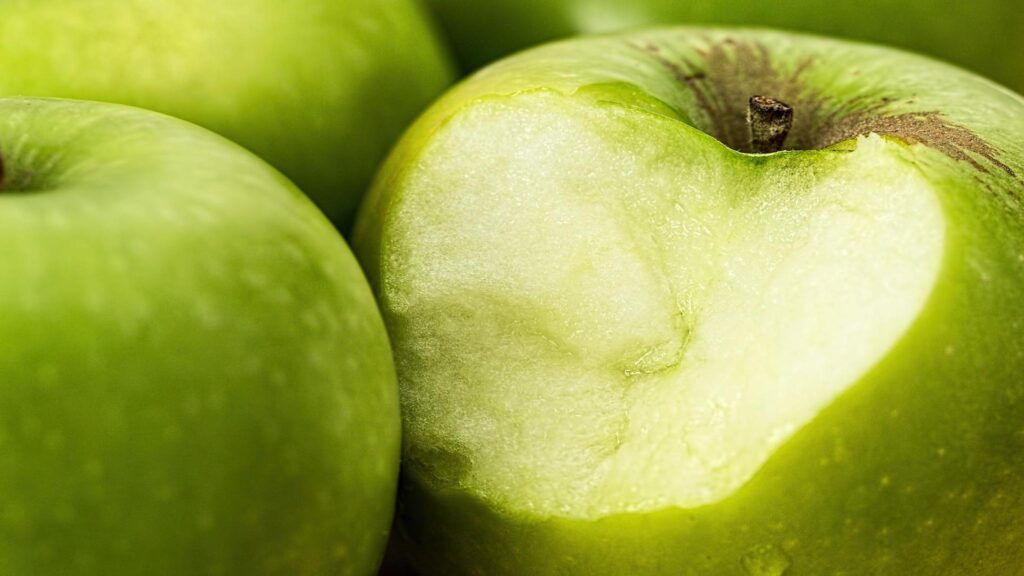
Writing in the medical journal, The Lancet , scientists from Cornell University and Seoul National University offer a more precise explanation for vitamin C’s anti-cancer activity. And they suggest that a natural chemical from apples works even better than vitamin C.
Their report appears in the Jan. 12, 2002, issue of The Lancet , (Vol. 359, No. 9301), the weekly journal for physicians published in London.
C.Y. Lee, Cornell professor of food science and technology, and his South Korean colleagues, Ki Won Lee, Hyong Joo Lee and Kyung-Sun Kang, found that vitamin C blocks the carcinogenic effects of hydrogen peroxide on intercellular communication. Until this finding, the mechanism for vitamin C’s inhibitory effects on carcinogenic tumor formation was not understood.
However, the report notes that quercetin, a phytochemical found in apples, has even stronger anticancer activity than vitamin C. (Phytochemicals, such as flavanoids and polyphenols, are plant chemicals that contain protective, disease-preventing compounds.)
“Vitamin C has been considered one of the most important essential nutrients in our diet since the discovery in 1907 that it prevents scurvy,” says Lee. “In addition, vitamin C has several important functions in our body for the synthesis of amino acids and collagen, wound healing, metabolism of iron, lipids and cholesterol and others. In particular, vitamin C is a well known anti-oxidant that scavenges free radicals.” (An anti-oxidant is one of many chemicals that reduce or prevent oxidation, thus preventing cell and tissue damage from free radicals in the body.) “Vitamin C prevents the inhibition of gap-junction intercellular communication (GJIC) induced by hydrogen peroxide,” says Lee. GJIC is essential for maintaining normal cell growth. Inhibition of GJIC is strongly related to the carcinogenic process, especially to tumor promotion. Hydrogen peroxide, a tumor promoter, inhibits GJIC by changing a special protein, connexin43. When rat liver epithelial cells were treated with vitamin C, the researchers report, inhibition of GJIC induced by hydrogen peroxide was prevented.
Although vitamin C protects against oxidative DNA damage through its free-radical scavenging activity, Lee and his coworkers believe that the vitamin’s anti-tumor action functions through a different mechanism.
“The most powerful weapon we have in the Þght against cancer is prevention,” concludes Lee. “A diet rich in phytochemicals and vitamin C will reduce the risk of cancer. These phytochemicals and nutrients are most readily available in fresh fruits and vegetables.” These recommendations echo those of Lee and his Cornell colleagues in a report in the journalNature (June 22, 2000).
 A daily dose of yogurt could be the go-to food to manage high blood pressure
A daily dose of yogurt could be the go-to food to manage high blood pressure WHO advises not to use non-sugar sweeteners for weight control
WHO advises not to use non-sugar sweeteners for weight control Most U.S. children use potentially toxic makeup products, often during play
Most U.S. children use potentially toxic makeup products, often during play To Block The Carcinogens, Add A Touch Of Rosemary When Grilling Meats
To Block The Carcinogens, Add A Touch Of Rosemary When Grilling Meats